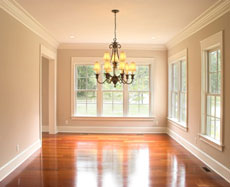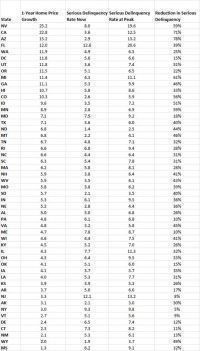Texas has become one of the hottest places to move to for both personal and business reasons over the past 5 years. In fact, over the past 5 years, more Americans—over 387,000 in 2013 alone—have chosen to move to Texas over any other state.
So what’s the big draw, y’all?
Best Reasons to Move to Texas
The number-one reason most people are relocating to other cities these days is their job situation—either they are looking to increase their earnings and career longevity or they have been unable to find a job in their current location and are moving for more opportunities.
The second most popular reason for relocating is housing affordability. For many people, these two reasons go hand in hand. Finding a place where they can secure a solid, good-paying job and purchase a home with increasing value in a nice neighborhood provides a great plan for long-term financial success and family security.
According to a recent study by Redfin, 9 of the top 10 fastest-growing U.S. metropolitan areas are those in which housing prices are the most affordable in the country. Of the top 20 fastest-growing cities, 5 belong to the Lone Star State: Austin, Houston, San Antonio, Dallas and Fort Worth.
Austin’s surge in population can easily be attributed to its consistently solid employment rate over the past 10 years. With an unemployment rate of just 4.6 percent and a projected growth rate of more than 4 percent by the end of 2015, Austin continues to have one of the strongest job markets in the state.
Another draw to the state is a low tax rate. This is especially important for many of the companies that are choosing to uproot themselves from the East and West Coasts and move inward to Texas. A lower tax rate and affordable real estate prices make it a no-brainer for larger companies wanting to save and smaller companies looking for a way to secure their financial future.
 Thinking of sprucing up your home for spring? You're not alone; one in three homeowners say they'll take on at least one home improvement project in the first half of 2014, according to a recent survey by Burst Media. And it turns out, freshening your home for spring is a smart investment.
Thinking of sprucing up your home for spring? You're not alone; one in three homeowners say they'll take on at least one home improvement project in the first half of 2014, according to a recent survey by Burst Media. And it turns out, freshening your home for spring is a smart investment.


.jpg)







 Lawrence Yun is the chief economist for the NATIONAL ASSOCIATION of REALTORS®. He will be sharing his insider insights on the national and regional housing markets in this new, exclusive column for the Power Broker Report.
Lawrence Yun is the chief economist for the NATIONAL ASSOCIATION of REALTORS®. He will be sharing his insider insights on the national and regional housing markets in this new, exclusive column for the Power Broker Report.